Giulia Parlato
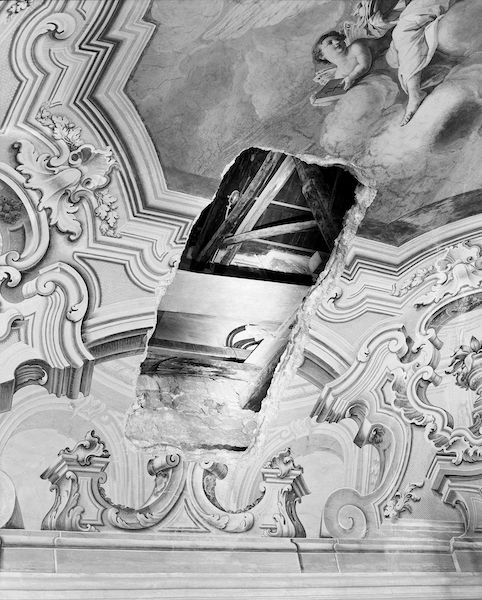
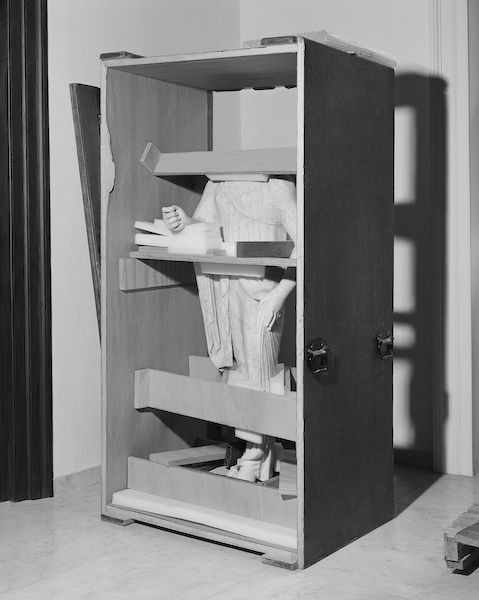
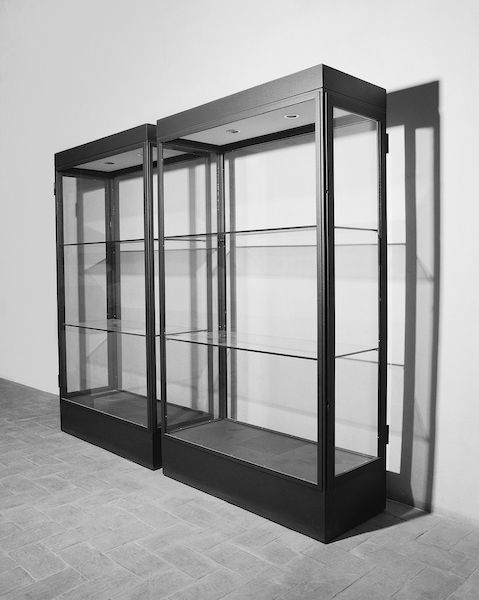
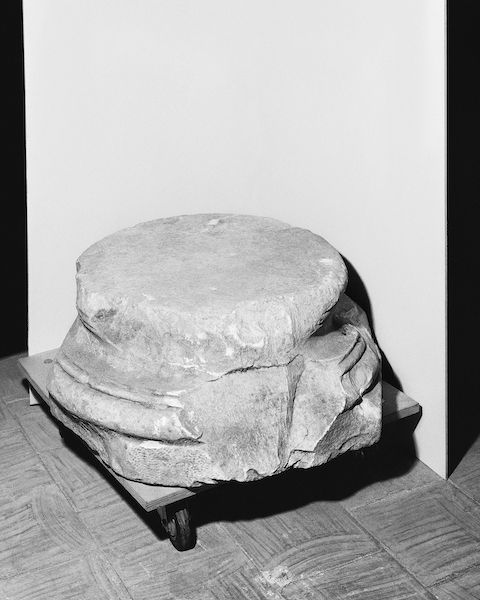



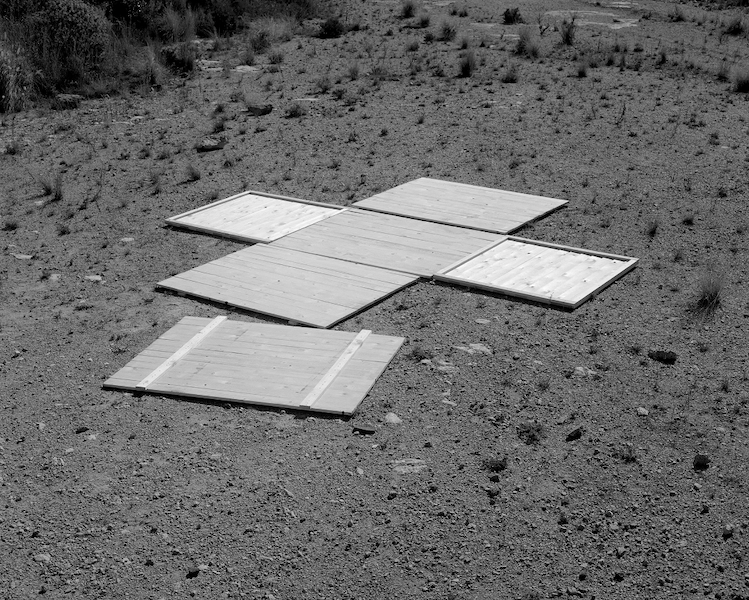



Giulia Parlato (b.1993, Palermo, Italy) is an artist based in London and Rome. Her practice delves into histories, myths and cultural heritage, involving photography and video. She analyses the historical use of photography as a document of truth, specifically in its scientific and forensic uses, and challenges this language, by creating a new space in which staged scenes take place. The melancholic and frustrating state, caused by humans’ impossibility to understand the past constitutes the foundation of her work. Giulia’s work is shown nationally and internationally in group and solo exhibitions including Triennale (Milano, 2023), MAXXI (Rome, upcoming), Photo London (2022), Villa Bardini (Firenze, 2022), Fotografia Europea (Reggio Emilia, 2022), Mucho Mas (Torino, 2022), Unseen Photo Fair (Amsterdam, 2021), and Gare Du Nord for Paris Photo (Paris 2019). She is the recipient of the Luigi Ghirri Award (2022), the BJP International Photography Award Second Place (2020), the Innovate Grant (2020), Camera Work Award (2020) and the Carte Blanche Éstudiants Award (2019). In 2021 her work was selected by CAMERA for the European programme Futures Photography. Her work is held in public and private collections. Giulia is also a high end retoucher.
May 11th – June 29th 2024
Giulia Parlato. Pathosformeln in the Archaeology of the Possible-Essay By Mauro Zanchi
An empty museum display case. It is a silent simulacrum in a space of absences. No one has placed anything inside for a long time. Dust has taken possession of the shelves. Previously, artifacts of history, or archaeological fragments, or remnants, were exhibited there, placed in a museum space to serve as tools of memory, useful testimonies for deciphering unearthed messages, fragments of a vanished civilization to which we have attributed a certain value for centuries. The empty display case is documented by a large-format black-and-white photograph. It is a double passage, a documentation of another documentation, as if the invention of photography and its development in the scientific field were closely linked to modern archaeology. How many fake artifacts have occupied the shelves of museum display cases for decades, and we believed them to be real only because they were in places certified by scientists and scholars? And how many times have we believed in something present in documentary photographs, only to have it disproved by more careful studies and accounts from reliable witnesses? And how many times have we been captivated by artists’ photographs constructed on invented truths?
Giulia Parlato is aware that photography is never a neutral tool, but is in most cases mediated by the point of view of the creator of the work. In this sense, she positions herself as a mediator between the past and the present, inviting us to reflect on how we interpret and construct our collective memory. The project Diachronicles (2019-2022) fits into a line of research that finds its roots in the masterful work of Aby Warburg and his Bilderatlas Mnemosyne (1927-1929), which collected themes and iconographic and iconological studies conducted over an entire lifetime, images from different eras and cultures to probe symbolic and historical connections. Parlato uses images as tools to explore the complexity of memory and the multiple interpretations of the past. However, the artist operates in a profoundly changed context, characterized by the explosion of digital images and the questioning of the very notion of truth. She invites us to reflect on the role of photography in our society, in a world saturated with images, where it is more important than ever to be aware of the limits of this medium and to develop a critical thinking that allows us to discern between truth and deception. Parlato’s work represents a valuable contribution to this debate and encourages us to look at the past with a more discerning vision and an open approach.
In relation to the complexity of the world, we are induced to probe the matter that constitutes reality from its multiple aspects and to dig into its subsoil, as if we were archaeologists in the becoming of history. Over time, we have used the photographic medium to try to understand more deeply what our eyes alone cannot grasp when they are focused on a single aspect or only on a portion of the world. But often it has happened that the images rendered by documentary photography were projections or reinterpretations of those who were using the technological device, if not outright historical fakes. The photographic act can be subjective and limiting. So what do photographs really show, and what lies behind the concept of truth? What pitfalls and side effects are contained in attempts to objectively reconstruct history? In a period where the loss of individual memory and the creation of images through prompts – where the image obtained via AI is determined by written commands, and thus by the language of words, no longer only through the photographic heritage present on the internet – Diachronicles is constructed as a photographic archive of visual traces, where it seems that the images invite solving a mystery or reconstructing a story, even though everything shown is actually a project on the fake, intended to focus on the preconceptions of Western history.
Giulia Parlato creates a parallel and a semantic link between archaeological excavation and photography, where both seek clues, evidence, elements, traces, of something that is an index of time, of history that unravels its moments and events, between something that has already happened and something else that belongs to the investigation following the occurrence of a fact, in the relationship between what is scientifically proven and what is supposed, between everything that is not yet known exhaustively and the open field of hypotheses and creative conjectures. Starting from photography, understood at the same time as a medium for documenting History but also as a means to construct interpretations of possible archaeologies, often fantastic, the Sicilian artist triggers reflections on the concept of reality and doubts to test the fragile perception of anyone in front of the image.
Parlato’s black-and-white photographs present objects and archaeological contexts in a deliberately ambiguous and fragmentary manner. This stylistic choice reflects the ephemeral nature of memory and the difficulty of reconstructing a past that is probably forever lost, at least in its historical accuracy. The artist invites us to reflect more critically on the role of photography as a tool of documentation and on its intrinsic subjectivity. There are deceptive objects and unstable narratives, to make visible the questioning of historical truth. Diachronicles includes images of historical fakes and objects whose authenticity is uncertain, copies and reproductions preserved in the museums of Palermo or the British Museum, fakes that directors had purchased thinking they were authentic works, only to later discover they were not.
Throughout history, archaeological artifacts have been subjected to multiple readings and interpretation errors, and scholars cannot fully know those fragments of the past they wish to reconstruct. Many links in the chain do not hold and are conjectures, hypothetical reinterpretations, partial reflections in the absence of certain data. What responsibility does one have who testifies to the real through the photographic medium, in the History that must be continuously scrutinized in its falsifications, omissions, and reconstructions?
Parlato emphasizes the fragility of our knowledge of the past and the ease with which images can be manipulated to create deceptive narratives. With this awareness, she joins other contemporary authors who have constructed detailed narratives or plausible realities to question the presumed truth of photography, such as Thomas Demand, Jeff Wall, Gregory Crewdson, Joan Fontcuberta, Ziyah Gafic, Hans Op de Beeck, Sonja Braas, Moira Ricci, Miles Coolidge, Sarah Pickering.
What interpretative dynamics have we put into action through photographs that contained images frozen in the past, then entered our brains and collective memory, fake images or depicting things that did not happen exactly in the way that the winners of the 19th, 20th, and 21st centuries wanted to pass on? Parlato’s photographs document the boundary between something that really happened and something else that belongs to fiction and the fake, between credible truth and simulation. When we turn our gaze towards wooden crates and other instruments abandoned near unspecified archaeological sites, towards a zoological diorama or fake archaeological artifacts or bases of vanished columns, we wonder to which museum collections or scientific collections the shots allude, recognizing in them both a certain verisimilitude and the sensation of facing a simulation, meticulously crafted to make this doubt shine – like golden nuggets vivified by sunlight – in the museum of our imagination.
Mauro Zanchi
